Carnation Shabo - history, varieties, cultivation
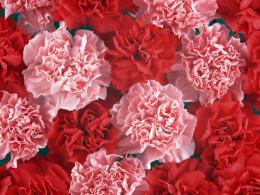
The Shabo carnation variety is a garden variety; it is a perennial crop that germinates in ordinary soil and blooms for a very long time. It is grown as an annual crop; the flower has double petals, which is why in everyday life it is called terry.
Content:
- History and varieties of carnation Shabot
- Growing seedlings
- Planting seedlings in the ground
- Caring for carnations and possible difficulties
History and varieties of carnation Shabot
The carnation has always been a symbol of revolution, but previously this flower He was more interested in doctors. Louis IX also ordered that wounded soldiers be given a decoction of cloves to drink; in memory of him, the crusaders brought the flower from Tunisia to Europe.
Chabot clove is one of the most popular crops; this variety was bred in France by a Toulon pharmacist named Chabot.
Carnation Shabot has a height of approximately 30-60 cm, large, bluish-green leaves. The flowers have a diameter of up to 7 cm, they exude a wonderful aroma. Flower colors are most often pink, purple, white and red, but there are other variations of shades.
Varieties of carnations with color indication:
- Marie Chabot – yellow, with a touch of gray
- Jeanne Dionysus – white
- Mikado – deep lilac
- Aurora – pink
- Legien de Honer - red cherry
- Pink Queen – hot pink
- La France – soft pink
Carnation loves light very much; it blooms from mid-summer until almost the end of autumn, until severe frosts begin. It is believed that carnation is frost-resistantHowever, wintering in our climate can ruin it.Germination of cloves will be approximately 3 years.
Growing seedlings

Cloves are grown from seeds, and they need to be sown as seedlings in winter. This is the main difficulty of sowing - daylight hours in winter are short. The plant blooms in about 150 days, so it is better to sow it in January-February.
Sometimes cloves are planted as early as December, but to avoid freezing, this should only be done in a greenhouse. To grow Shabot cloves, you need to prepare the soil. A mixture of turf soil and humus in a 1:1 ratio is suitable, sand and peat are also added to it.
Before planting, the seeds are soaked in potassium permanganate for a day, then they are laid out in moistened furrows, which are better covered not with soil, but with sand. The sand layer is no more than 3 mm.
The container in which the seeds are placed should be covered with plastic wrap or glass and placed in a warm place, then the seeds will germinate better. The growth of cloves occurs already 7-9 days after sowing.
Carnations need a lot of light, so it is better to place the container closer to the window. Usually sprout almost all seeds, the exception may be unripe ones.
After the sprouts appear above the soil, the container should be placed on a window, providing it with a temperature of about 15 degrees.
There is no need to remove the film yet, but you should constantly ventilate the sprouts and get rid of condensation. Carnation Shabot does not like water, so watering should not be intense throughout the entire period. You need to water in a thin stream so as not to damage weak shoots.
If there is too much water in the container, the roots of the cloves may deteriorate. In such a situation, the rotten part must be removed, and the places where it was located should be sprinkled with sand or ash to absorb excess moisture.
After all the seeds have sprouted, the film is removed. Now the gardener’s task is to provide a sufficient amount of light to the plant, since in February there is still very little light, it is necessary to highlight the container. Or start planting not in January, at the end of February, so that the seedlings arrive in March.
The plant develops slowly enough to speed up this process by diving it. For Shabot cloves, it is recommended to carry out two picks, first dive when first seen real leaves.
Then the seedlings are planted so that the distance between the seedlings is about 4 cm. The second picking occurs when 3 or 4 pairs of leaves appear. Next, it is recommended to pinch the leaves so that they grow more densely.
During the entire period of growing seedlings, after the first days, the temperature should be about 15 degrees, sometimes it is useful to reduce it to 12. Then the plant sprouts strong and hardened.
Planting seedlings in the ground
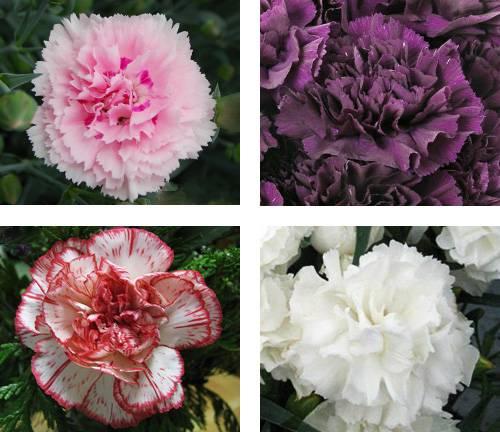
At the end of April and beginning of May, seedlings are planted in gardens and flower beds. If at this time there are still frosts at night, arcs are installed over the flower bed, over which a thick film is stretched. This will help the seedlings survive the cold.
Since the flower stems are thin, they can break under a gust of wind, so you need to choose a bright, sunny place protected from strong winds. The soil should be loose, fertile and neutral.
You can plant them as you like, but it is better that there is a distance of about 25 cm between the seedlings. The root ball should be solid, and you also do not need to plant the cloves too deep.
In order for the Shabot carnation to bloom well, it needs fertilizing. Immediately after planting, nitrogen fertilizers are used in the soil, and when it begins to bloom, fresh phosphorus and potassium fertilizers are used. organic fertilizers poorly tolerated by the plant.
It should be fertilized every 2 weeks, and the leaves of the clove should also be sprayed with a light ammonia solution. If the seeds were sown in February, the first flowers will appear in July. If you want to cut them, then you need to remove all the stepsons up to the sixth node.
Caring for Shabot carnations
The plant is resistant to drought or frost; in not too severe winters, the flower can overwinter in the open air. After this, its leaves may turn white, but this will not affect further flowering.
It is better to dig up the cloves in mid-autumn and replant them in pots without destroying the root ball.
This will allow you to preserve the plant; you need to place it in a greenhouse or in a room. You cannot plant Shabot carnations in the same places for more than two years in a row - it will stop blooming. Carnation is a light-loving plant; with a lack of sunlight, it begins to weaken.
Weak plants can get sick, as this flower is very fond of viruses, fungi and garden parasites. For any lesions, the symptoms of which are spots on leaves and flowers, lack of growth and lethargy, diseased cuttings should be removed immediately to avoid the spread of the disease.
Viruses and diseases are carried by garden insects. To avoid the risk of flower contamination, protect the plant from the wind, do not flood the soil, and provide it with plenty of light.
Interesting information about the vegetable garden

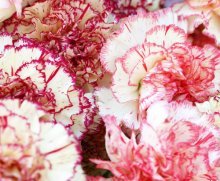
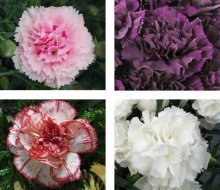

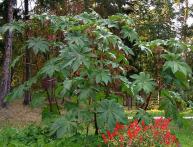
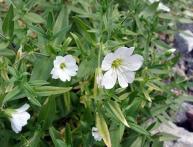
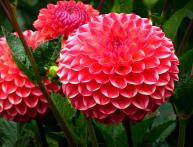
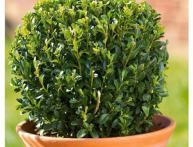
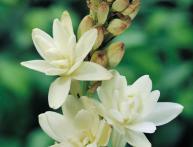
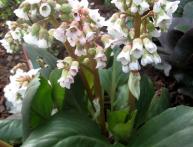

Comments
I've always loved cloves. Well, it seems to me very difficult to grow such beauty as in the photo at home. You can use regular carnations, but I don’t even know if it’s worth starting with this hybrid one.